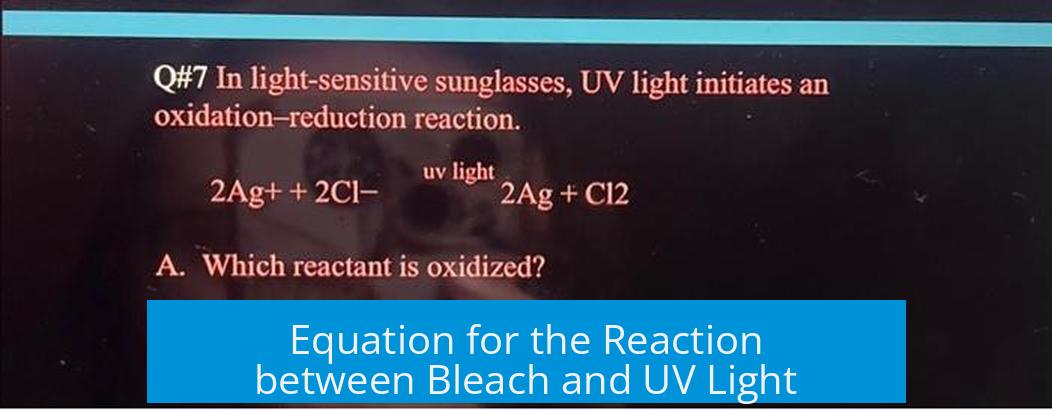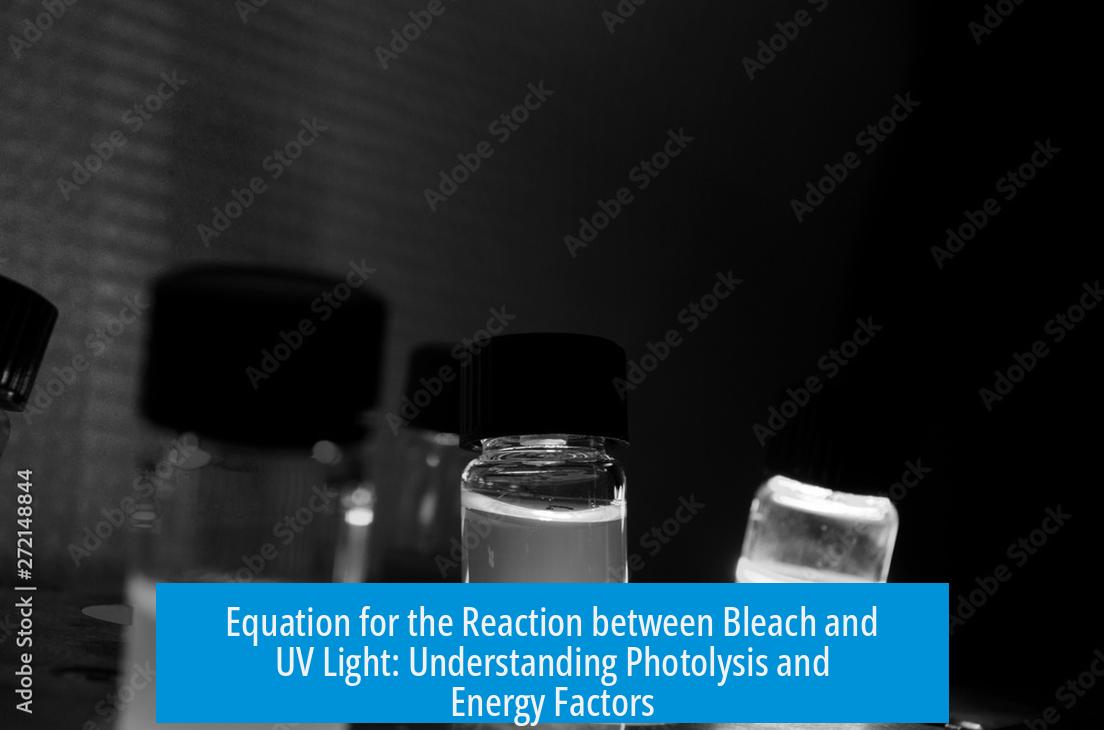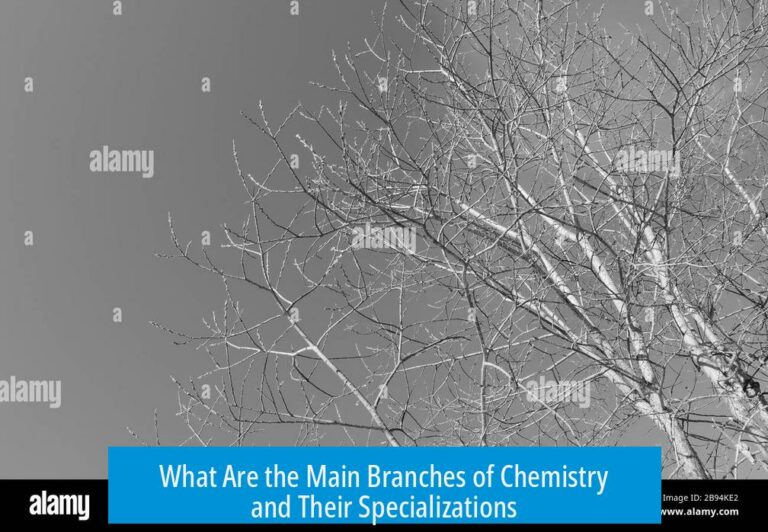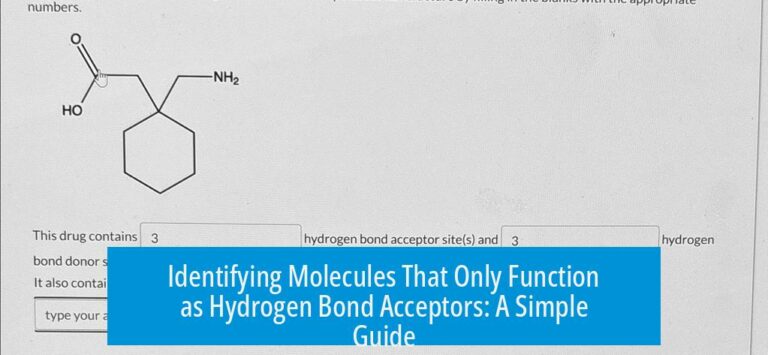Equation for the Reaction between Bleach and UV Light

The reaction between bleach and UV light involves photolysis of the hypochlorite ion (OCl−), where UV photons break the O–Cl bond, producing chlorine radicals and generating products such as chlorine gas (Cl2), hydrogen chloride (HCl), oxygen (O2), and chlorine dioxide (ClO2).
1. Photolysis Mechanism
Bleach typically contains hypochlorite ion (OCl−). When exposed to ultraviolet (UV) light, the energy absorbed can break the O–Cl bond:
OCl− + hv (UV light) → Cl• + O•−
Chlorine radicals (Cl•) formed initiate secondary reactions, leading to stable products. A simplified net reaction under UV light includes:
2 OCl− + hv → Cl2 + 2 OH−
Additional products such as hydrogen chloride and oxygen form through further radical reactions involving water and radicals.
2. Energy Considerations for Bond Breakage
Breaking the O–Cl bond requires energy matching or exceeding its bond dissociation enthalpy. UV photon energy is given by:
E = hc / λ
- h = Planck’s constant (6.626 × 10−34 J·s)
- c = speed of light (3.0 × 108 m/s)
- λ = wavelength of UV light (meters)
For example, shorter UV wavelengths (around 200-300 nm) provide sufficient energy to break this bond. If the photon energy is lower, bond cleavage will not occur.
3. Experimental and Absorption Factors
Bleach absorption spectrum dictates how effectively it absorbs UV light. If the bleach solution does not absorb strongly at the chosen UV wavelength, photolysis efficiency drops.
The choice of glassware and filters impacts the UV radiation received. Some materials block short-wavelength UV light, hindering the bond breakage process.
Summary of Reaction Process
| Step | Reaction | Explanation |
|---|---|---|
| 1 | OCl− + hv → Cl• + O•− | O–Cl bond breaks producing radicals |
| 2 | 2 Cl• → Cl2 | Chlorine radicals combine to form chlorine gas |
| 3 | O•− + H2O → OH− + OH• | Radicals react with water producing hydroxyl radicals and ions |
| 4 | OH• + Cl• → HCl + O2 or ClO2 | Secondary radicals form additional products such as HCl and oxygen species |
- UV light provides energy to cleave the O–Cl bond in hypochlorite ions.
- Primary products include chlorine gas, hydrogen chloride, oxygen, and chlorine dioxide.
- Photon energy must be sufficient relative to bond dissociation energy for the reaction.
- Absorption characteristics of bleach and experimental setup influence reaction efficiency.





Leave a Comment